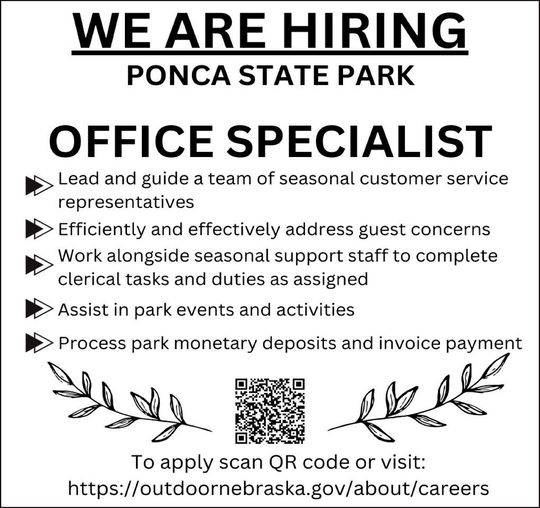Plant Nutrient Recommendations to Avoid
Plant nutrients are essential to plant growth. But like most things, too much of a good thing can be bad. Once the growing season begins, we hear a number of recommendations about applying nutrients. Some are legitimate. Some are bogus and harm plants and soils.
Three examples leading to more harm than good are the use of Epsom salts in vegetable gardens to promote plant growth and control blossom-end rot, applying phosphorous such as with bone meal to encourage root growth in young plants, and excess nitrogen use.
Excess nitrogen increases a plants water needs and susceptibility to insects, especially sap sucking insects. It burns fine root hairs responsible for water and nutrient uptake. It can lead to deficiencies of other nutrients like iron or manganese. Excess nitrogen is harmful to beneficial soil microorganisms needed for healthy soils. It leads to water pollution by leaching into ground water or running off into surface water.
Most established trees and shrubs do not require nitrogen fertilization. They’re supplied with nitrogen from decomposing organic matter in soil and from irrigation and rain water. And if growing in a fertilized lawn, they already receive plenty if not more than needed. Nitrogen fertilization is most warranted on mowed turfgrass where clippings are removed and on container grown plants. Fruit and nut trees, vegetables, roses and other heavily flowering plants often require nitrogen fertilization.
Unlike nitrogen, phosphorous is not mobile in soils and does not leach out. If added without a soil test, it can build up to high concentrations. Excess soil phosphorous can prevent plants taking up nutrients like iron, manganese and zinc, leading to chlorosis or leaf yellowing. It reduces development of beneficial mycorrhizal relationships with plant roots, lowering a plants ability to take up nutrients. Phosphorous can also end up in surface water and promote excess algal growth.
While bone meal has high levels of phosphorous and calcium, these nutrients are rarely lacking in landscape soils. Soil tests of landscape soils usually indicate high phosphorous levels. This, along with the water pollution issue, is the reason we can readily find phosphorous free turf fertilizers. Phosphorous should not be added unless a soil test indicates it’s needed.
A myth promoted on social media is the use of Epsom salts to promote plant health or prevent blossom-end rot (BER) in vegetables like tomatoes and peppers. Epsom salt is magnesium sulfate and does not contain calcium, which is the nutrient involved in BER. Adding Epsom salts won't fix BER and may make it worse. BER is due to a lack of calcium in the fruit but rarely to a lack of soil calcium.
As a salt, Epsom salts can interfere with water uptake by plants which is how plants take up nutrients. Like phosphorous, magnesium has limited mobility in soil. Over time, it can build up to adverse levels, blocking uptake of nutrients like calcium and reducing vegetable productivity. Excess magnesium, from adding Epsom salts, or excess nitrogen both contribute to BER.
The bottom line on using soil amendments is soil test first. While nutrients are essential to plant growth, managing soil health often does more in providing many nutrients than adding supplements. And finally, no amount of fertilizer will help a plant problem caused by poor management, an unhealthy soil, environmental stress, diseases or insects.
Source: Kelly Feehan, Extension Educator, Platte County







